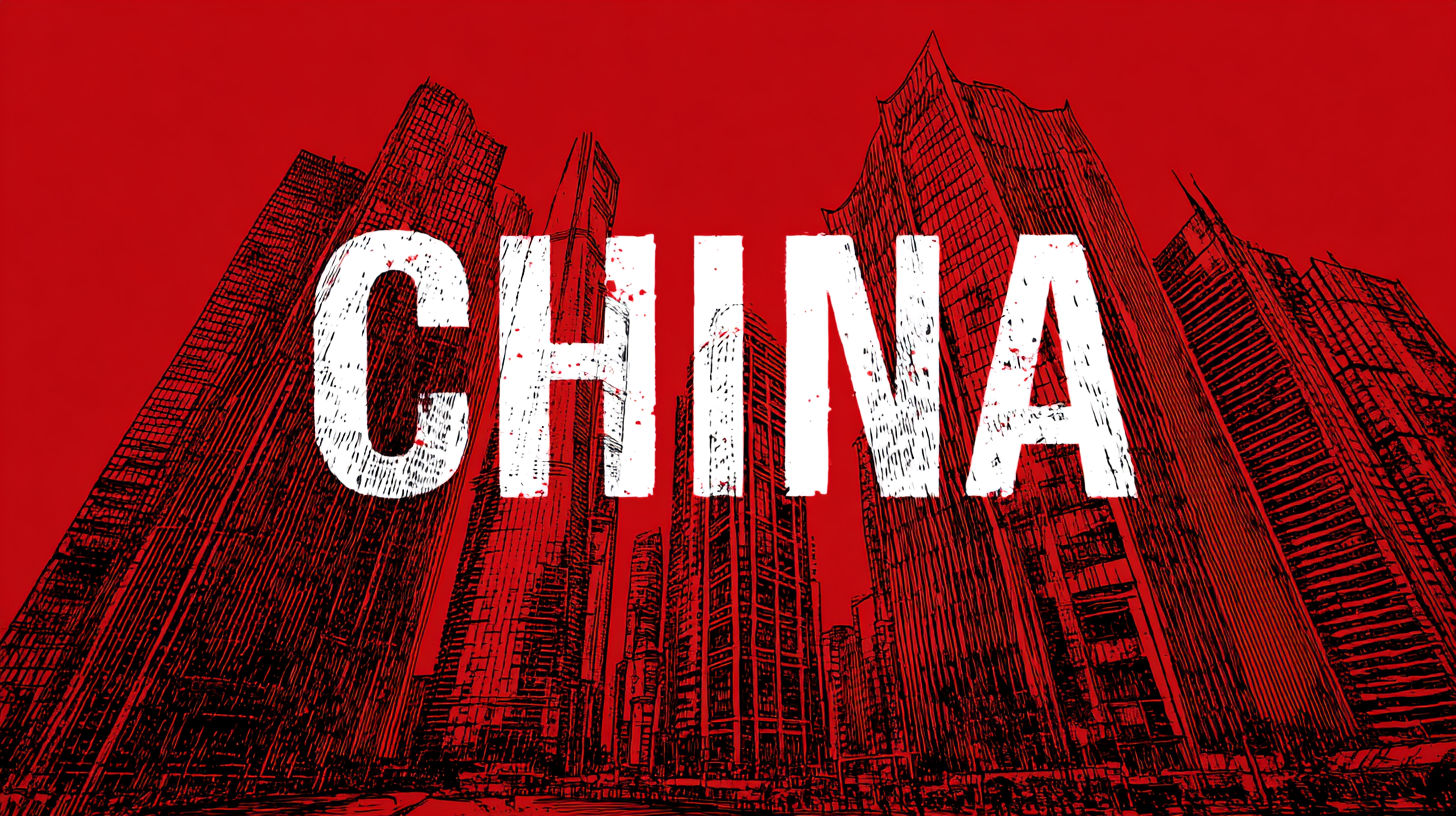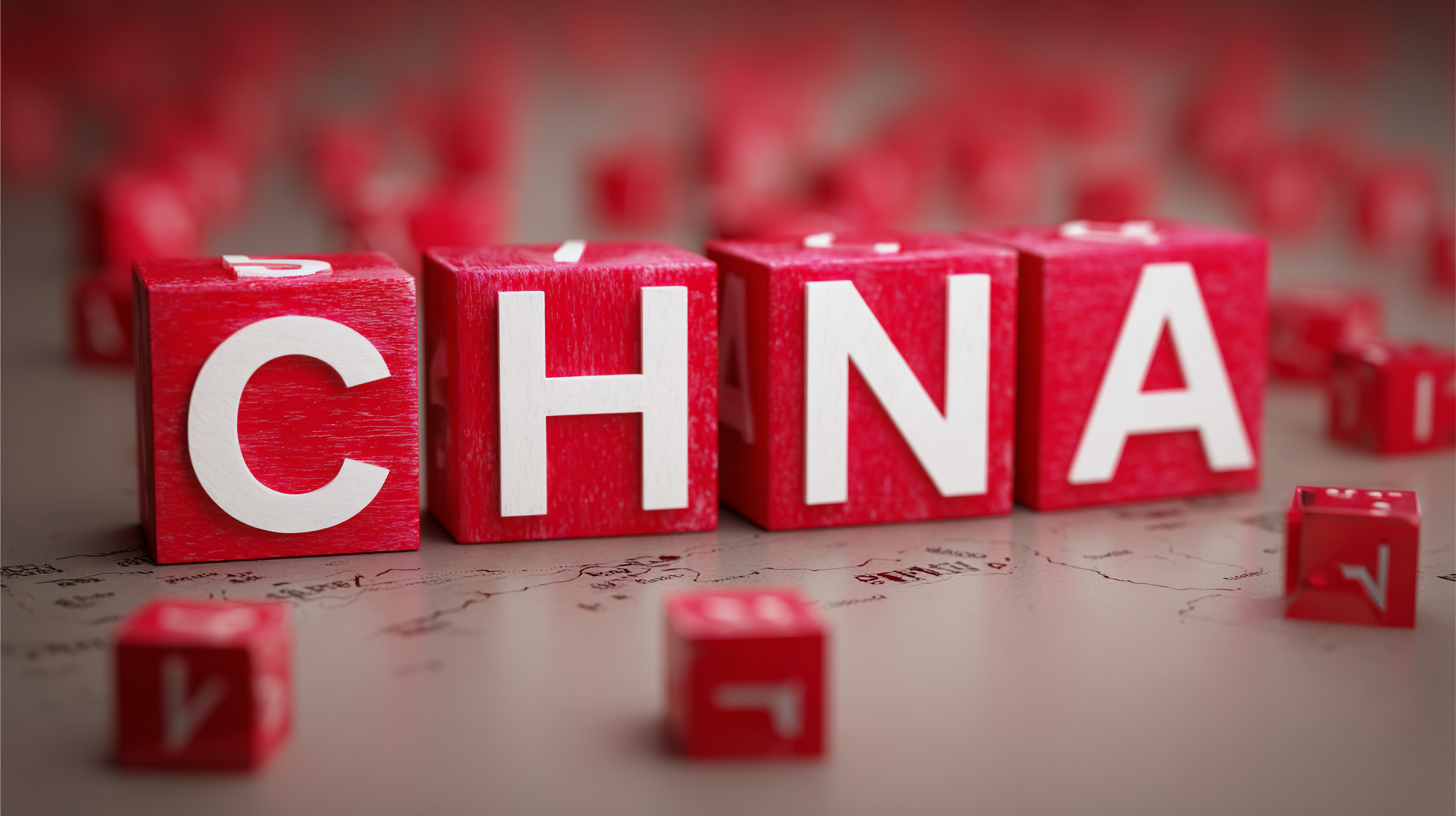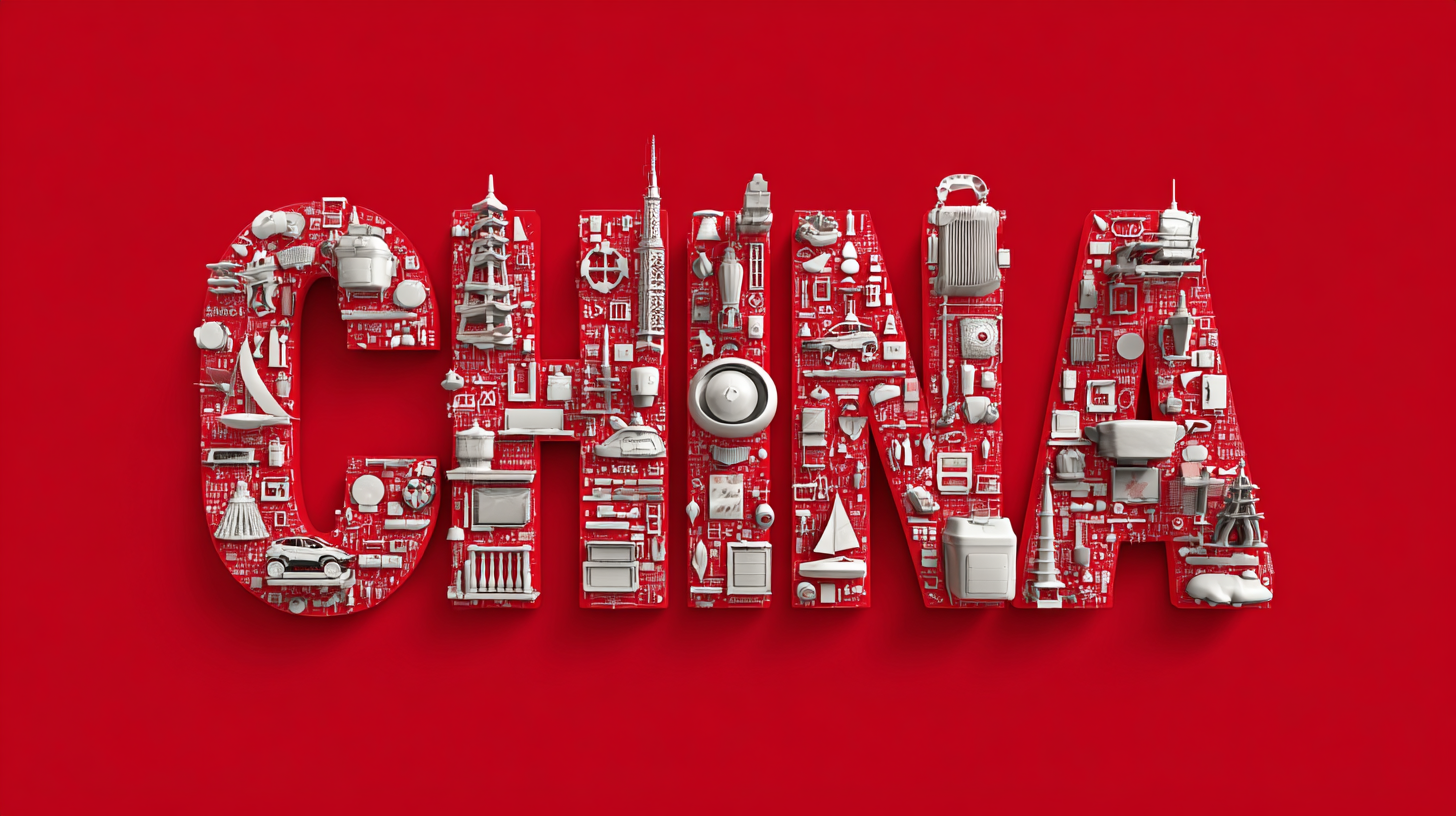- English
- русский
- العربية
- tiếng Việt
- Türkçe
- Deutsch
- 日本語
- 한국어
- ภาษาไทย
- Indonesia
- שפה עברית
- Português
- Español
- Français
- Italiano
- Nederlands
- Polski
- Svenska
- magyar
- Malay
- বাংলা ভাষার
- Dansk
- Suomi
- हिन्दी
- Pilipino
- Gaeilge
- تمل
- český
- ελληνικά
- український
- Javanese
- فارسی
- தமிழ்
- తెలుగు
- नेपाली
- Burmese
- български
- ລາວ
- Latine
- Қазақша
- Euskal
- Azərbaycan
- Slovenský jazyk
- Македонски
- Lietuvos
- Eesti Keel
- Română
- Slovenski
- मराठी
- Srpski језик

Ultimate Guide to Finding the Best China Products for Your Business Checklist
In today’s fast-paced global marketplace, finding the best China products for your business has become more crucial than ever. As we look ahead to the technological developments expected in 2025, it’s essential to equip yourself with a comprehensive checklist that can guide your sourcing process effectively. The innovations emerging from China, known for their rapid advancements in manufacturing and technology, present abundant opportunities for businesses aiming to enhance their product offerings. This ultimate guide will not only help you understand the latest trends but also provide actionable steps to identify and procure top-quality products from China. Whether you are a seasoned entrepreneur or a newcomer to international sourcing, this checklist will serve as a valuable resource in navigating the complexities of the Chinese market and ensuring your business stays competitive.

Understanding Different Product Categories: A Comprehensive Overview
When sourcing products from China, it's crucial to understand the various product categories available to make informed decisions for your business. Different categories often involve distinct manufacturing processes, quality standards, and regulations. For instance, electronics require adherence to specific safety certifications, whereas textiles must comply with varying standards regarding material content and durability. By categorizing products, businesses can tailor their sourcing strategies to align with their operational needs and market demands.

Additionally, delving into subcategories within these main segments can unveil unique opportunities. For example, within the electronics sector, companies might explore consumer gadgets, smart home appliances, or specialized industrial equipment. Each subcategory attracts different suppliers and market trends, which could influence pricing and availability. By having a comprehensive overview of these categories, businesses can navigate the complexities of the supply chain more effectively and identify potential partnerships that align with their growth objectives. Understanding the nuances of each product category is essential for optimizing procurement strategies and fostering successful business outcomes.
Evaluating Product Quality: Standards and Certifications in China Manufacturing
When sourcing products from China for your business, understanding product quality standards and certifications is essential in navigating the complexities of the manufacturing landscape. As industries increasingly face scrutiny over ethical consumption, the rise of ethical certifications highlights the importance of ensuring that products meet not just quality standards but also sustainability criteria. Recent reports indicate that consumers are willing to pay premiums for ethically certified products, reflecting a shift in purchasing behavior driven by increased awareness of sustainability (Kang & Namkung, 2018; Lu & Sinha, 2019).

Moreover, the introduction of new certification schemes, such as those focusing on vehicle comfort, demonstrates China's commitment to enhancing product quality across various sectors. The China Quality Certification Center's efforts to improve product assessment processes are pivotal in fostering consumer trust. In the context of tariff uncertainties and fluctuations in international trade, companies must be vigilant in evaluating the quality of potential suppliers, leveraging multi-criteria decision analysis tools to assess manufacturing pathways, as these metrics can significantly influence the overall supply chain effectiveness. Understanding these frameworks is crucial for mitigating risks associated with importation and ensuring that the products sourced from China maintain high-quality standards.
Supply Chain Management: Strategies for Efficient Sourcing from China
In today's global market, efficient sourcing from China has become essential for businesses aiming to streamline their supply chain management. According to a 2022 report by McKinsey & Company, nearly 70% of companies identifying China as a primary source for manufacturing have seen significant cost advantages. However, navigating the complexities of the Chinese supply chain requires a strategic approach to ensure quality and efficiency.
One effective strategy is to conduct thorough research and leverage data analytics to identify reliable suppliers. The Goldman Sachs report states that companies who utilize data-driven sourcing can reduce procurement costs by up to 15%. Collaborating with local experts can also provide invaluable insights into market dynamics and regulatory frameworks, helping to mitigate risks associated with sourcing.
**Tip:** Establish clear communication channels with suppliers, ensuring expectations are outlined and understood. This will foster a better working relationship and help minimize potential misunderstandings.
**Tip:** Regularly assess and monitor supplier performance through KPIs to ensure they meet your standards consistently. This proactive approach allows you to address issues before they escalate, maintaining the efficiency of your supply chain.
Ultimate Guide to Finding the Best China Products for Your Business Checklist - Supply Chain Management: Strategies for Efficient Sourcing from China
| Product Category | Example Products | Sourcing Platforms | Estimated Price Range | Lead Time |
|---|---|---|---|---|
| Electronics | Smartphones, Laptops | Alibaba, Global Sources | $50 - $1200 | 4-6 weeks |
| Apparel | T-Shirts, Jackets | DHgate, Alibaba | $5 - $100 | 3-5 weeks |
| Home Goods | Ceramics, Furniture | Alibaba, Made-in-China | $10 - $500 | 4-8 weeks |
| Toys | Action Figures, Board Games | Alibaba, Global Sources | $1 - $50 | 3-6 weeks |
| Sporting Goods | Bicycles, Fitness Equipment | Alibaba, DHgate | $30 - $800 | 5-7 weeks |
Understanding Market Trends: Data-Driven Insights for Successful Product Selection
In today's rapidly evolving market, understanding trends is crucial for selecting the right products for your business. The 2024 fruit and vegetable sorting equipment market is projected to be valued at $475.39 million, with an expected growth rate of 4.3%, reaching $662.05 million by 2032. This trend indicates the rising demand for advanced sorting technologies, which can enhance efficiency and product quality in the agricultural sector.
Tips for Product Selection:
- Leverage Data-Driven Insights: Utilize market reports and consumer data to identify high-demand products. Understanding the nuances of your target audience's preferences can significantly improve your product selection process.
- Evaluate Industry Trends: Stay updated on the latest market trends, such as the digitization in the restaurant industry, highlighted in recent reports. These insights can guide you towards innovative products that cater to evolving consumer needs.
Focus on aligning your product offerings with these trends to maintain a competitive edge in your industry.
Building Relationships with Suppliers: Negotiation Techniques and Best Practices
Building strong relationships with suppliers is crucial for businesses looking to import products from China. Effective negotiation techniques can significantly enhance these relationships and contribute to better pricing, quality, and overall satisfaction. According to a report by Deloitte, effective supplier relationships can lead to a 25% reduction in supply chain costs, highlighting the importance of negotiation prowess in building long-term collaborations.
One key strategy in negotiations is to foster an approach based on transparency and mutual benefit. Research from Supply Chain Management Review indicates that businesses that prioritize open communication with suppliers often experience up to a 30% increase in innovation and responsiveness. This encourages suppliers to share their insights and new product ideas, which can be invaluable for your business's growth and adaptability. Moreover, establishing trust through consistent and respectful interactions can lead to favorable terms and enhance supply chain resilience.
Additionally, understanding cultural nuances is essential when negotiating with suppliers in China. A study by the Harvard Business Review indicated that recognizing the importance of relationship-building, known as "Guanxi" in Chinese culture, can significantly improve negotiation outcomes. By investing time to nurture these relationships, businesses can secure better deals and create a robust network that supports long-term success in sourcing quality products.
